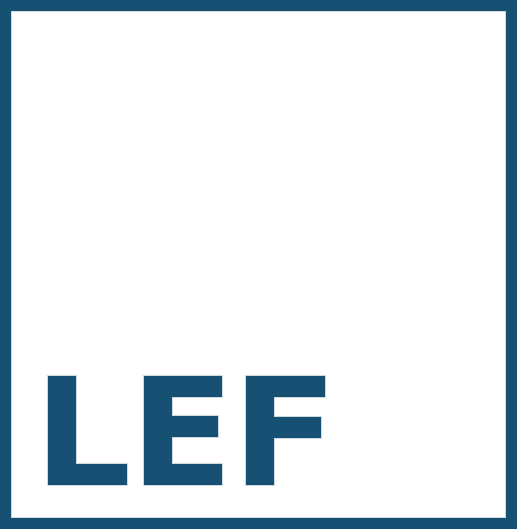Part 2 – Financing and Distribution lessons from IFW
Prior to my trek north to Maine, I spent time in New York City at Independent Film Week, 19-23 September. Two LEF funded projects were part of Spotlight on Documentaries: Betting the Farm (Jason Mann, Cecily Pingree) and Ivan and Ivana (Jeff Silva). The works-in-progress screenings are the highlight for me at IFW. I met and saw the work of many filmmakers outside the NE region, as well as being introduced to some NE filmmakers I didn’t yet know.
At both IFW and Points North, similar notes were struck related to distribution and financing. Some food for thought:
Financing:
European commissioning editors conveyed their exasperation at having to “solve the financial problems of US doc makers.” –ie, being approached all the time for co-financing. While there is more foreign money available for acquisitions and commissioning, with the globalization of the marketplace for documentaries there is now more competition for those dollars. The US is no longer the dominant supplier of content, as countries like Denmark and the UK become more competitive. Both Sam Anthony from the BBC and Hans Robert Eisenhauer from ARTE–perhaps in response to the saturation of the market from globalization– said they are leaning toward more local, regional content. The question at the forefront for these financers is the relevance of the documentary to their country and for their viewer.
Distribution:
Both US and foreign broadcasters have discovered the efficiency and economy of series, in contrast to one-offs. An example is the Sundance Channel, where 70% is acquisitions and 30% original programming. As evidenced by their website, series comprise a big share of their programming.
With this trend they are having to “examine how the long format doc fits into this new landscape.” according to Ann Rose, programmer. Often Sundance Channel will be pitched a short film, or a long format doc, and they’ll see the potential for it becoming either a mini-series of 3-4 episodes, or in some cases, an ongoing series. One piece of good news is that running time for a film no longer limits access to different distribution platforms. The general advice to filmmakers is do what the film demands in terms of length and don’t get caught up in tailoring it to a specific platform.
Also related to distribution, those in the industry (especially broadcasters and sales agents) expressed frustration that filmmakers remain attached to a theatrical run for their film. Both John Sloss at Cinetic Media and Sheila Nevins at HBO made the point that with the number of new films released theatrically each week (average is 23), it’s difficult to create a buzz, or get reviews of your film even if it does get released theatrically. John Sloss believes that cable Video on Demand is the “greatest impulse media platform” to exist, and that it remains under-exploited. Cinectic has launched their own curated film site, FilmBuff, and John Sloss pointed out the potential to do cross promotion for films, with directors or stars appearing on network TV to promote films available on VOD cable. He also believes VOD is where new films will eventually be reviewed and promoted.
Even European broadcasters express impatience with filmmakers who insist on a length of 90 minutes in order to get a theatrical run, which qualifies them for an Oscar. The reviews a theatrical run might garner, or the potential for an Oscar nomination no longer has sufficient value to justify broadcasters tying up their money in a project. So, the message seems to be: LET IT GO.

